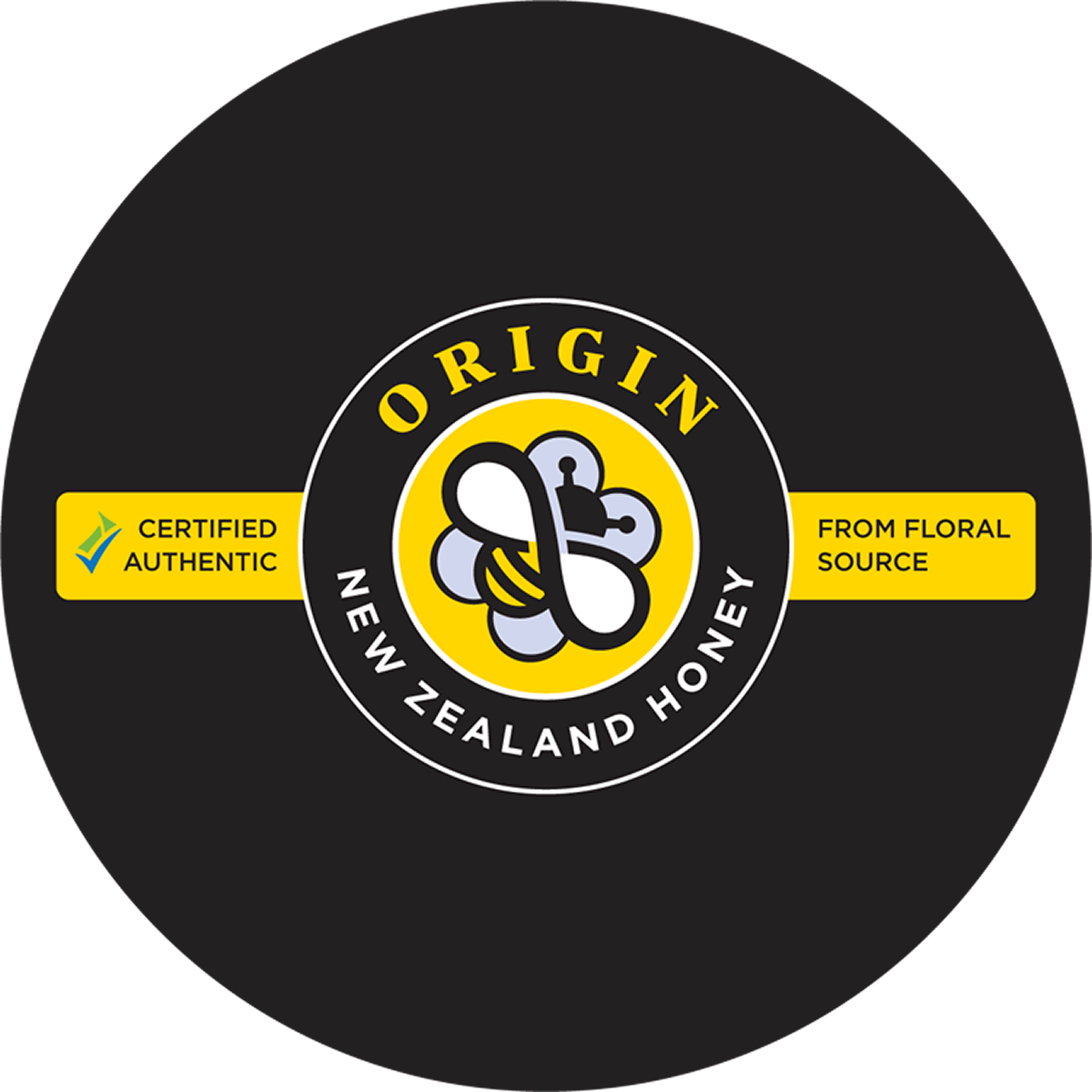What if we could give customers a way of knowing which plants their honey came from?
We all know where our hives are located, now we will be able to tell where our bees have been!
Helping Beekeepers and Consumers
Trace the Origins of New Zealand Honeys.
Each floral source of nectar and pollen has its own unique taste, texture, smell and sugar and chemical content, this can also vary by region and season. We hope that this project will allow us to provide consumers with the ability to choose a single source honey or blend to suite their own tastes.

Over the next few years we are collecting samples of nectar and pollen directly from the bees that are harvesting from New Zealand honey floral sources. The nectar samples collected from the bees crop will undergo two main tests - chemical profiling and sugar concentration. Pollen may also be checked
The idea is to get samples from throughout New Zealand to account for any regional variations, and over a number of years to account for any seasonal variations.
A report will be written each year so that we can then determine which plant species need to be repeated i.e. which ones appear to have some variation.
Pterophylla racemosa / Weinmannia racemosa
kāmahi, tawheo, tawhero, tawherowhero
Flowering: July - January
Metrosideros excelsa
Flowering: (August-) November-December (-March)
We need Volunteers and Sponsors
New Zealand will need to be divided up into regions and cities (hobbyists/public are not likely to produce honey from their one or two trees that they collect bees from but their information will add to the size of the data from the chemical analysis).
Sign Up to Volunteer & help NZ Honey Origin to get this project off the ground!